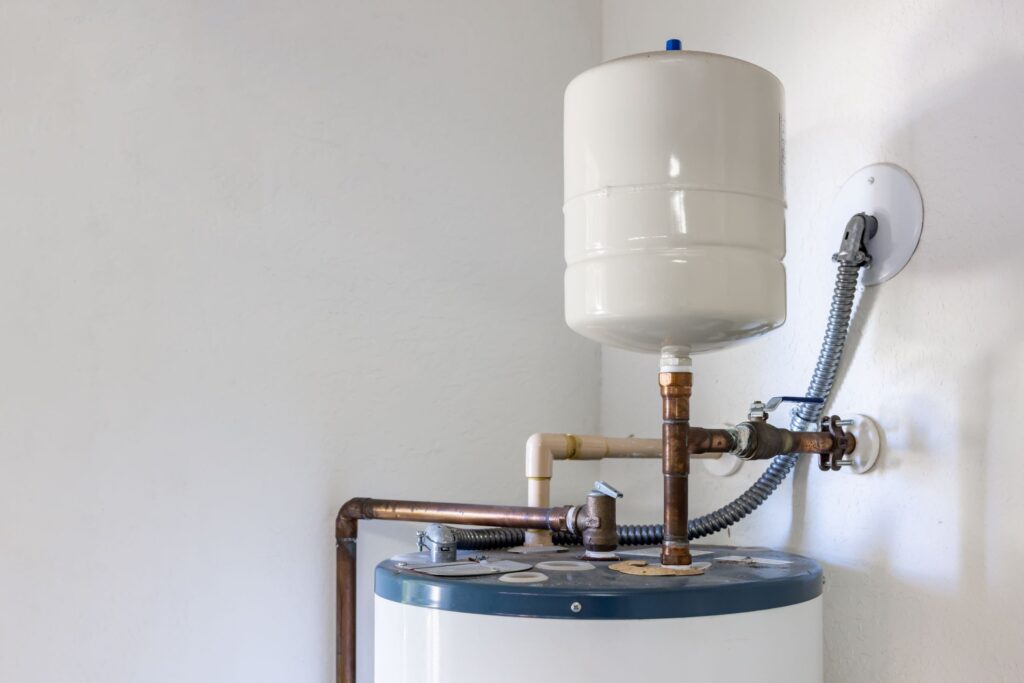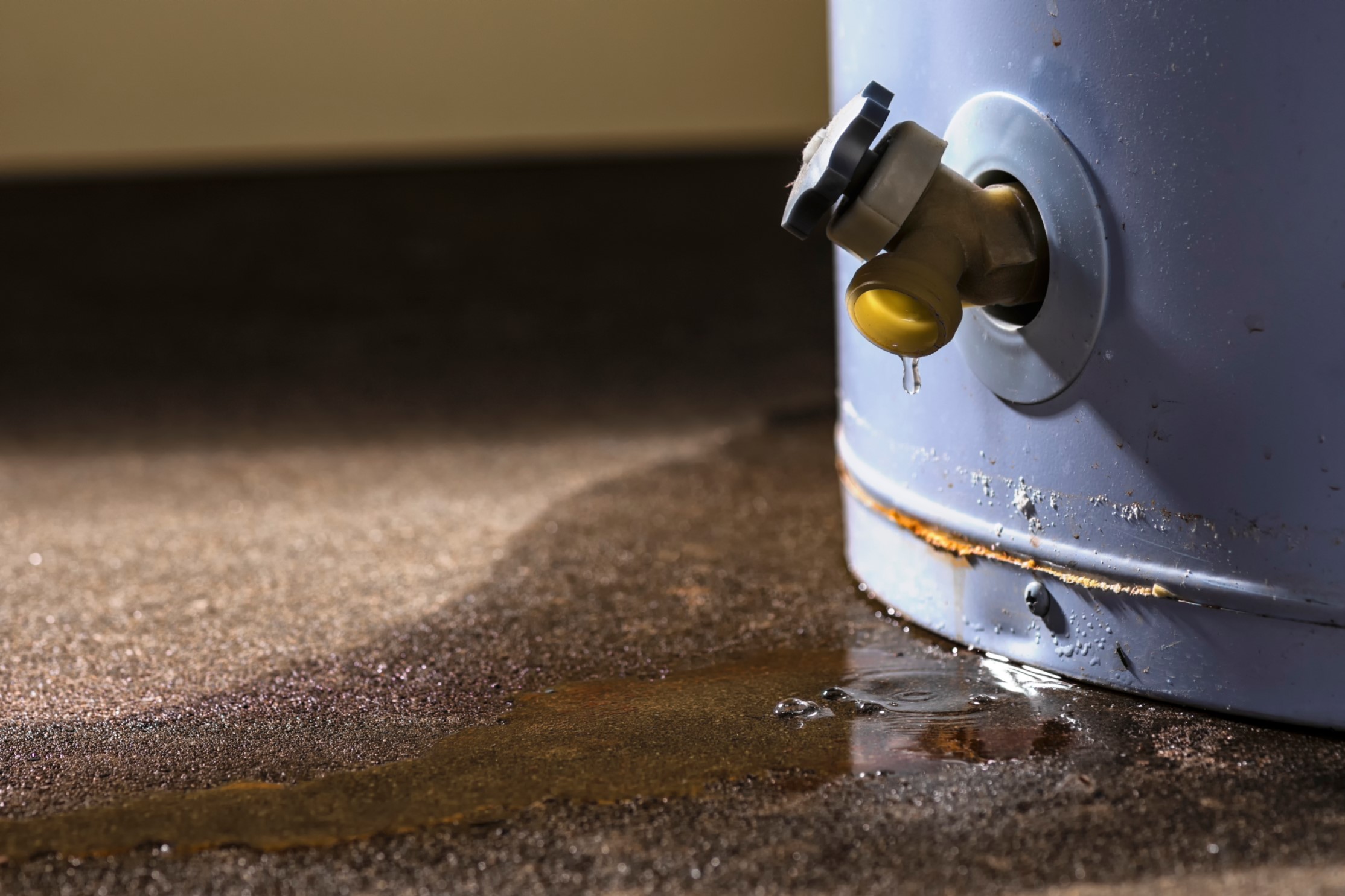They are making a number of good annotation on the subject of How to Maintain a Hot Water Heater in a Few Simple Steps in general in this content down the page.

Warm water is vital for daily convenience, whether it's for a refreshing shower or cleaning dishes. To guarantee your hot water system runs efficiently and lasts much longer, regular upkeep is essential. This article gives useful pointers and insights on how to preserve your home's hot water system to stay clear of disturbances and pricey repair services.
Intro
Maintaining your home's hot water system may appear difficult, yet with a few basic steps, you can guarantee it runs smoothly for many years ahead. This guide covers everything from comprehending your warm water system to DIY upkeep pointers and knowing when to employ specialist help.
Importance of Preserving Your Warm Water System
Normal maintenance not only prolongs the life expectancy of your hot water system however additionally ensures it runs efficiently. Ignoring upkeep can lead to lowered efficiency, higher power costs, and also early failing of the system.
Signs Your Warm Water System Demands Maintenance
Knowing when your hot water system needs attention can avoid major concerns. Keep an eye out for indicators such as irregular water temperature, unusual noises from the heating unit, or rustic water.
Purging the Hot Water Heater
Purging your water heater eliminates debris build-up, enhancing effectiveness and extending its life.
Monitoring and Changing Anode Rods
Anode rods prevent corrosion inside the container. Inspecting and changing them when worn is vital.
Complicated Problems Requiring Professional Help
Instances include major leakages, electrical troubles, or if your water heater is consistently underperforming.
Routine Specialist Upkeep Perks
Professional maintenance can consist of detailed examinations, tune-ups, and making sure conformity with security standards.
Inspecting and Readjusting Temperature Level Settings
Adjusting the temperature level setups makes sure optimal efficiency and safety and security.
DIY Tips for Maintenance
You can execute a number of maintenance tasks on your own to keep your hot water system in leading condition.
Checking for Leakages
Consistently check pipelines and connections for leakages, as these can cause water damage and greater bills.
Understanding Your Warm Water System
Prior to diving into upkeep tasks, it's handy to comprehend the basic components of your warm water system. Usually, this consists of the water heater itself, pipelines, anode rods, and temperature controls.
Monthly Maintenance Tasks
Normal month-to-month checks can assist capture small problems before they rise.
Evaluating Stress Relief Valves
Examining the pressure safety valve ensures it works correctly and prevents extreme pressure accumulation.
Shielding Pipes
Shielding hot water pipelines lowers warmth loss and can save energy.
When to Call a Specialist
While DIY upkeep is advantageous, some concerns need specialist competence.
Verdict
Regular upkeep of your home's warm water system is necessary for performance, longevity, and cost financial savings. By adhering to these tips and understanding when to look for specialist help, you can make certain a dependable supply of warm water without unanticipated disruptions.
How to Maintain an Instant Hot Water Heater
- Before tinkering with your hot water heater, make sure that it’s not powered on. You also have to turn off the main circuit breaker and shut off the main gas line to prevent accidents. Also turn off the water valves connected to your unit to prevent water from flowing into and out of the appliance.
- 2. When you’re done, you have to detach the purge valves’ caps. These look like the letter “T†and are situated on either side of the water valves. Doing so will release any pressure that has accumulated inside the valves while at the same time avoid hot water from shooting out and burning your skin.
- 3. When the purge valves’ caps are removed, you have to connect your hosing lines to the valves. Your unit should have come with three hoses but if it didn’t, you can purchase these things from any hardware or home repair shops. You can also get them from retail stores that sell water heating systems. Read the user’s manual and follow it to complete this task properly. When the hosing lines are connected, open the purge port’s valves.
- 4. You should never use harsh chemical cleaners or solutions when cleaning your unit. Make use of white vinegar instead. It should be undiluted and you’ll probably use about 2 gallons.
- 5. Now flush your water heater. This task should probably take about 40 minutes. We can’t give you specific directions for this because the procedure is carried out depending on the type, model and brand of your heater. With that being said, refer to the user’s manual.
- 6. When you’re done draining the unit, you have to turn off the purge port valves again. Remove the hosing lines that you earlier installed on each of the water valves. Put the valve caps (purge port) back in their respective places and be very careful so as not to damage the rubber discs that are found inside these caps.
- 7. Now that everything’s back in place, check your user’s manual again to find out how to reactivate your water heating system.
- 8. Once it is working, turn one of your hot water faucets on just to let air pass through the heater’s water supply pipes. Leave the tap on until water flows smoothly out of it.
https://www.orrplumbing.com/blog/2014/september/how-to-maintain-an-instant-hot-water-heater/

I found that blog posting about What Kind of Maintenance Do Water Heaters Need? while doing research the internet. Sharing is caring. Helping others is fun. I truly appreciate your readership.
Book
Comments on “Tips on How to Keep Your Home's Hot Water System in Good Condition”